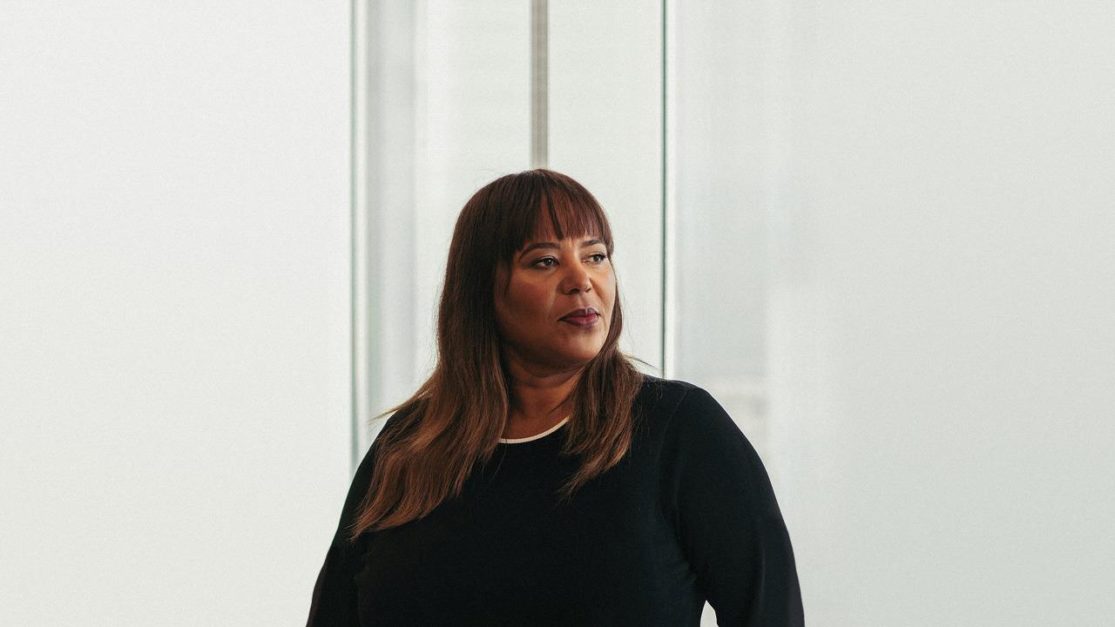Over the past 18 months or so, we have all been witnesses to an acute and global reckoning. A pandemic has torn its way through every single corner of our society, and the dueling trumpet horns of America’s racial divide and gender gap have blasted their painful refrains perhaps more broadly than ever. While 2020 and 2021 will likely go on record as two of the most challenging years in recent memory for many, they were decidedly unique in ushering in one particular triumph: Much larger audiences and organizations have finally begun to discuss, accept, and even embrace some of the inclusion and equity changes that for decades we have been calling for.
Chief among these changes has been deep, top-down introspection into the internal processes, hiring practices, and people that make up organizations across industries, with new conversations taking place that consider whether or not a beloved brand is, in fact, truly representative of its audience. Many of us have been at this work for a while now, but we enthusiastically welcome every single new participant—because our audiences need us here. Our families and our peers and our future generations need us here. As business leaders, these are our changes to make.
At first glance, we’ve already moved the needle forward in this time frame. In the entertainment industry, we’ve seen visible gains in percentages, platforms, and opportunities across the board, from executive leadership to central casting. I’ve been inspired by what I’ve seen thus far, but we have so far to go. I’m deeply committed to helping equip more organizations in other business verticals to steward this systemic self-evaluation within their own spheres—and to ensuring it lasts beyond the lockdown era.
For leaders who are just starting or continuing to support these mission-critical conversations at the highest levels, here are five fruitful focal points for initiating sustainable change to ground those discussions in:

-
-
Recognize Your Platform’s Influence:
Take a hard, honest look at your company or brand and measure its proven influence. Can the megaphone of your messaging be heard nationwide? Regionally? Globally? The reality is, in this increasingly digital age that keeps propelling us forward at record pace, it is safe to assume that each of us has the capacity to touch any population worldwide and influence their worldview. So, we must proceed accordingly, with intention and conviction. As you pull that audience lens outward, ask yourself: What identities and images could your organization better represent across the board? Race. Gender. Orientation. Origins. Socioeconomic backgrounds. Survivors of trauma. Champions of others. Where does your company currently land on the spectrum of the populations to which your narratives speak? Can you see the faces and facets of those target audiences evidenced in your boardroom? In your catered lunches? In your pool of investors? An authentic answer to this question is the first best step toward initiating true representation for those your platform influences. This can draw up a blueprint—but amortized, ongoing action must also be clearly outlined in order for change to be both meaningful and sustainable.

-
Question the Status Quo:
A key part of empowering the future is to objectively evaluate the past. How have equity and inclusion traditionally been addressed, actioned, and even litigated in your company, historically? What is your current corporate status quo? It’s important to understand that just because something seems to have been working systematically for the life span of your brand thus far doesn’t mean that it works systemically or sustainably. We are experiencing a revolutionary moment in time in which action is being publicly rallied for more than it’s not, and many brands are taking visible stances to support and empower the marginalized, but we leaders must ensure that these signals are long-lasting and bolstered by action, versus compelled solely by reaction.

-
Pick Your Battle (and Mean It):
While the collective goal is to elevate the baseline of equity and inclusion for all underrepresented groups, it is unrealistic to think that we can do everything for everyone all at once. But that doesn’t mean we can’t make broad strokes of improvement while honing in closely on a few core causes to champion. Ask your people what they’d be most proud to see your brand stand behind. Invite them to share their stories with you confidentially, and ruthlessly, without fear of retaliation for their feedback. And then, listen. I cannot overemphasize the true urgency of active listening from leadership in initiatives like these.

-
Move the Microphone Over:
When whiteboarding your chosen path forward, ask yourself: Are you, personally, affected by the root cause at hand? Does your skin tone or gender or upbringing prohibit you from ever truly understanding the struggle that you are attempting to address? A quick look at many executive boards would elicit a resounding no in response to that question, which is important to recognize. If our goal is to elevate the opportunity and representation that trickles down our org charts and through our audiences, we must be willing to walk alongside others in humbly and vulnerably seeking out our areas of opportunity. The best place to start? By asking those you employ internally who actually embody those backgrounds and experiences which areas you could more closely hit the mark in.

-
Fund Your Solution:
We’ve all heard how cheap talk is. And, believe it or not, it is remarkably easy for the public to spot a reactionary virtue signal versus a deeply felt, foundational shift forward. One of the most proven ways to scale a change is to invest in it. So, analyze your financials—and find the money to fund your solution. That could look like forfeiting this year’s prime Super Bowl commercial slot or decreasing how frequently you change out that ad in Times Square to instead carve out new budgets and create new roles that create those visuals. Be intentional. Be specific. Be steadfast. And never stop listening.
-
While these steps are a solid and scalable starting point, we must also understand that we may not always get it right. No one among us is perfect, but we can still work to do what’s right. If today is your starting point, and these five points are your compass, just begin moving forward—one step at a time. And continue. Continue the ongoing introspection. Continue asking the hard questions. Continue striving to radically understand, represent, and seek insight from those who don’t look like you or whose shoes you could never truly walk in. By doing so, we will demonstrably progress our industries, and our futures, so much further forward.
Lorrie Bartlett is a partner and co-head of ICM Partners’ talent department. She is also a member of the agency’s Board of Directors and is the first Black board member of a major Hollywood talent agency.














































